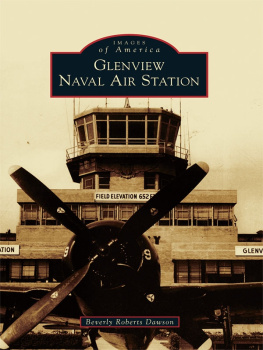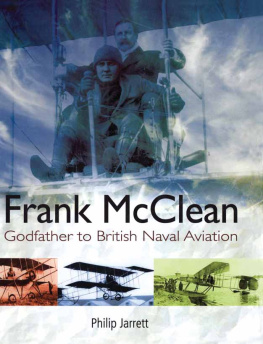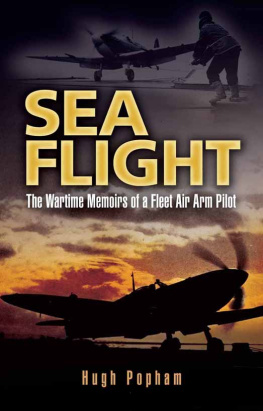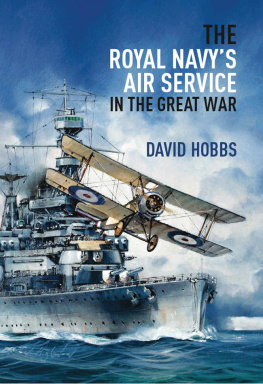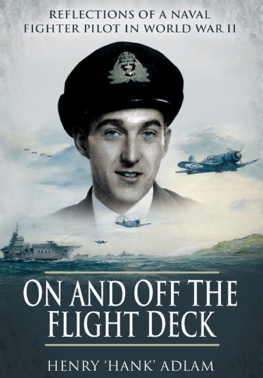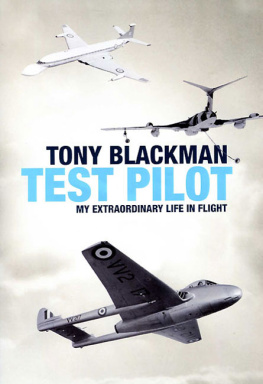

Naval Institute Press
291 Wood Road
Annapolis, MD 21402
2015 by Frederick M. Trapnell Jr. and Dana Trapnell Tibbitts
All rights reserved. No part of this book may be reproduced or utilized in any form or by any means, electronic or mechanical, including photocopying and recording, or by any information storage and retrieval system, without permission in writing from the publisher.
Library of Congress Cataloging-in-Publication Data
Trapnell, Frederick M., Jr.
Harnessing the sky: Frederick Trap Trapnell, the U.S. Navys aviation pioneer, 192352 / Frederick M. Trapnell Jr. and Dana Trapnell Tibbitts.
1 online resource.
Includes bibliographical references and index.
Description based on print version record and CIP data provided by publisher; resource not viewed.
ISBN 978-1-61251-855-8 (epub) 1. Trapnell, Frederick M., 19021975. 2. United States. NavyAviationBiography. 3. Test pilotsUnited StatesBiography. 4. Fighter pilotsUnited StatesBiography. 5. Admirals United StatesBiography. 6. United States. NavyAviationHistory20th century. 7. Airplanes, MilitaryUnited StatesFlight testingHistory20th century. 8. United States. NavyOfficersBiography. 9. World War, 19391945Aerial operations, American. I. Tibbitts, Dana Trapnell. II. Title. III. Title: Trap Trapnell, the U.S. Navys aviation pioneer, 192352. IV. Title: Frederick Trap Trapnell, the U.S. Navys aviation pioneer, 192352.
V63.T76
359.9'4092dc23
[B]
2015010137

 Print editions meet the requirements of ANSI/NISO z39.48-1992 (Permanence of Paper).
Print editions meet the requirements of ANSI/NISO z39.48-1992 (Permanence of Paper).
23 22 21 20 19 18 17 16 15 9 8 7 6 5 4 3 2 1
First printing

We dedicate this book to graduates of the U.S. Naval Test Pilot School

CONTENTS



L ittle has been written about the development of U.S. Navy flight testing through the 1930s and 1940s, or the men who formulated flight test standards for precision and accuracy that prevail today. Nor would this story be complete without a close look at the man whose leadership in flight testing paved the way for U.S. Navy air supremacy during World War II and for modern carrier aviation in the second half of the century.
Trap would undoubtedly have told his own tale in fewer words than this book offers. When asked for a personal biographical sketch for his inauguration as an honorary fellow of the Society of Experimental Test Pilots, he wrote with typical wry understatement:
I was born naked in 1902 in Elizabeth, New Jersey, and attended Pingry School in that town and the Naval Academyfrom which I graduated without distinction in 1923. This led to serving 29 years in the United States Navy, 26 of which were in the semi-respectable status of a Naval Aviator. Practically all of my shore duty was in Flight Test where I became familiar with the lingo and some of the primitive procedures of the 30s and 40s. I commanded a couple of Patrol Squadrons and the carriers USS Breton and USS Coral Seawithout going agroundnoticeably. So in 1951 I became a Rear Admiral. In 1952 the medicos caught up with me and grounded and retired me.
Since 1953 I have been loosely associated with Grumman Aircraft and have resided in Long Island. I am very happy in my status as an Honorary Fellow of SETP, where I can harmlessly indulge my opposition to any further progress in any direction.
Very sincerely,
Frederick M. Trapnell
These two paragraphs say as much about the man as he thought anyone needed to know. From the vantage point of nearly four decades since his passing, however, what was simply a way of life for this trail-blazing experimental test pilot has come into focus as a vital piece of our history, the story of a generation of early aviators that is poorly documented. We recount this history at the urging of those who mark Traps legacy as paramount in a century of U.S. naval aviation.
Most of Traps work was highly classified, and, like many of his generation, he was reticent to talk about himself or his work. He eschewed attention or approbation for milestones achieved in the line of duty and recoiled from self-promotion, drawing little gratification from the adulation of others. He loved what he did as its own reward and sought neither recognition nor celebrity.
We have relied on a surprisingly thin historical record to supplement personal recollections and anecdotal reports in capturing the lifework of this remarkable man. A single box of salvaged personal items including log books, letters, a lock of red-gold baby hair, and photographs reaching back more than one hundred years helped us reconstruct the life of a person who traveled light and shunned both clutter and sentimentality.

W e wish to thank the many people who helped us through the struggle to create this manuscript. We owe a debt of gratitude to Bill Allen of Allen Airways in San Diego and his wife Claudia, as well as to Dave Seeman, formerly of Grumman Aircraft, both of whom have been strong supporters of our effort from the outset. Dick Hallion and Ken Weir not only applied their aviation and flight-testing expertise to reviewing the manuscript but also gave us strong support for this project. Professional editors Tom Trapnell and Madeline Adams reviewed and helped us revise the manuscript.
We are indebted to the librarians and archivists who dug deep into their repositories for us and helped guide our many hours of research in their establishments: Janis Jorgensen of the Naval Institute, Joe Gordon of the Naval History and Heritage Command, Phil Edwards and Brian Nicklas of the Smithsonian Aviation Library, Charles Johnson and Nathaniel Patch at the National Archives, Paula Smith of the Society of Experimental Test Pilots, Peter Merlin of NASA Dryden, Hill Goodspeed at the National Naval Aviation Museum, and Richard Harris of the U.S. Naval Test Pilot School.
Two retired Navy rear admirals, Edward Feightner and Bill Harris, shared with us some interesting and relevant flying experiences, and former seaman Willie Lagarde, who served on the USS Yorktown with Trap, gave us much encouragement and a firsthand perspective of war at sea. Former Grumman flight test engineer John Torkelsen was an invaluable catalyst for telling Traps story. Margaret Davis Martin and Pamela Hyland provided photos and some history of their respective fathers, Bill Davis and John Hyland. Finally we wish to thank our editors at the Naval Institute Press, particularly Tom Cutler, who persevered to make this book a reality.
Next page

